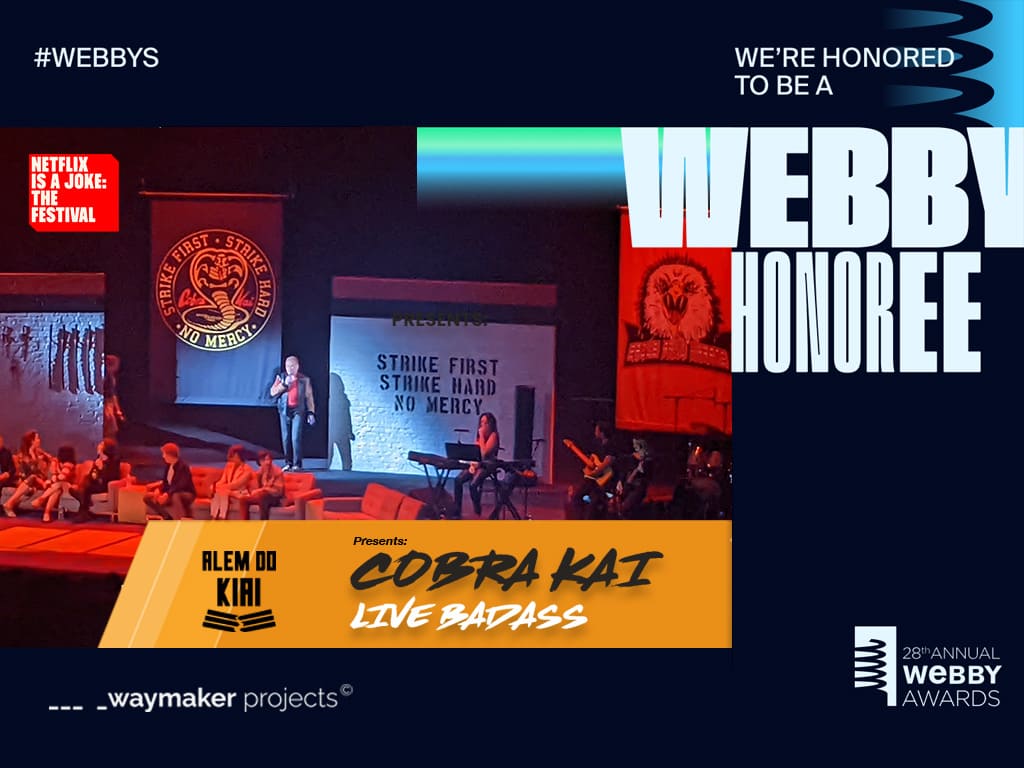In the world of digital marketing, terms like “landing page” and “website” are often used interchangeably, leading to confusion for many. However, understanding the differences between these two concepts is essential for effectively reaching your audience online. In this article, we’ll simplify the distinctions between landing pages and websites, making it easy to grasp even for those who aren’t tech-savvy.
Landing Page: Your Online Welcome Mat
A landing page is a single web page designed with a specific purpose in mind, such as promoting a product, service, or offer, and encouraging visitors to take a particular action, such as making a purchase, signing up for a newsletter, or downloading a resource. Here’s what you need to know about landing pages:
- Simplicity: Landing pages are streamlined and focused, with minimal distractions and clutter. They typically include a compelling headline, persuasive copy, eye-catching visuals, and a clear call-to-action (CTA) to guide visitors toward the desired action.
- Targeted Messaging: Landing pages are tailored to address the needs and interests of a specific audience segment. They often align closely with the content of online ads or marketing campaigns, ensuring a consistent and seamless experience for visitors.
- Conversion-Oriented: The primary goal of a landing page is to convert visitors into leads or customers. To achieve this, landing pages are optimized for conversion through persuasive copywriting, persuasive design elements, and strategic placement of CTAs.
Website: Your Digital Home Base
A website, on the other hand, is a collection of interconnected web pages housed under a single domain name and accessible via a browser. Unlike landing pages, websites serve a broader range of purposes and contain multiple pages of content. Here’s what you need to know about websites:
- Comprehensive Content: Websites provide a comprehensive overview of a business, organization, or individual, including information about products, services, team members, contact details, and more. They often include pages such as Home, About Us, Services, Products, Blog, and Contact.
- Navigation Structure: Websites feature a hierarchical navigation structure that allows visitors to explore different sections and pages easily. They typically include a navigation menu, footer links, and internal links between pages to facilitate navigation and discovery.
- Brand Identity: Websites serve as a digital representation of a brand’s identity and values. They allow businesses to showcase their unique personality, aesthetics, and storytelling through custom branding elements, such as logos, colors, fonts, and imagery.
While both landing pages and websites are essential components of a robust digital marketing strategy, they serve different purposes and cater to different stages of the customer journey. Landing pages are laser-focused on driving conversions and capturing leads, while websites provide a comprehensive online presence for businesses and organizations. By understanding the distinctions between landing pages and websites, you can leverage each effectively to achieve your marketing goals and connect with your target audience online.



